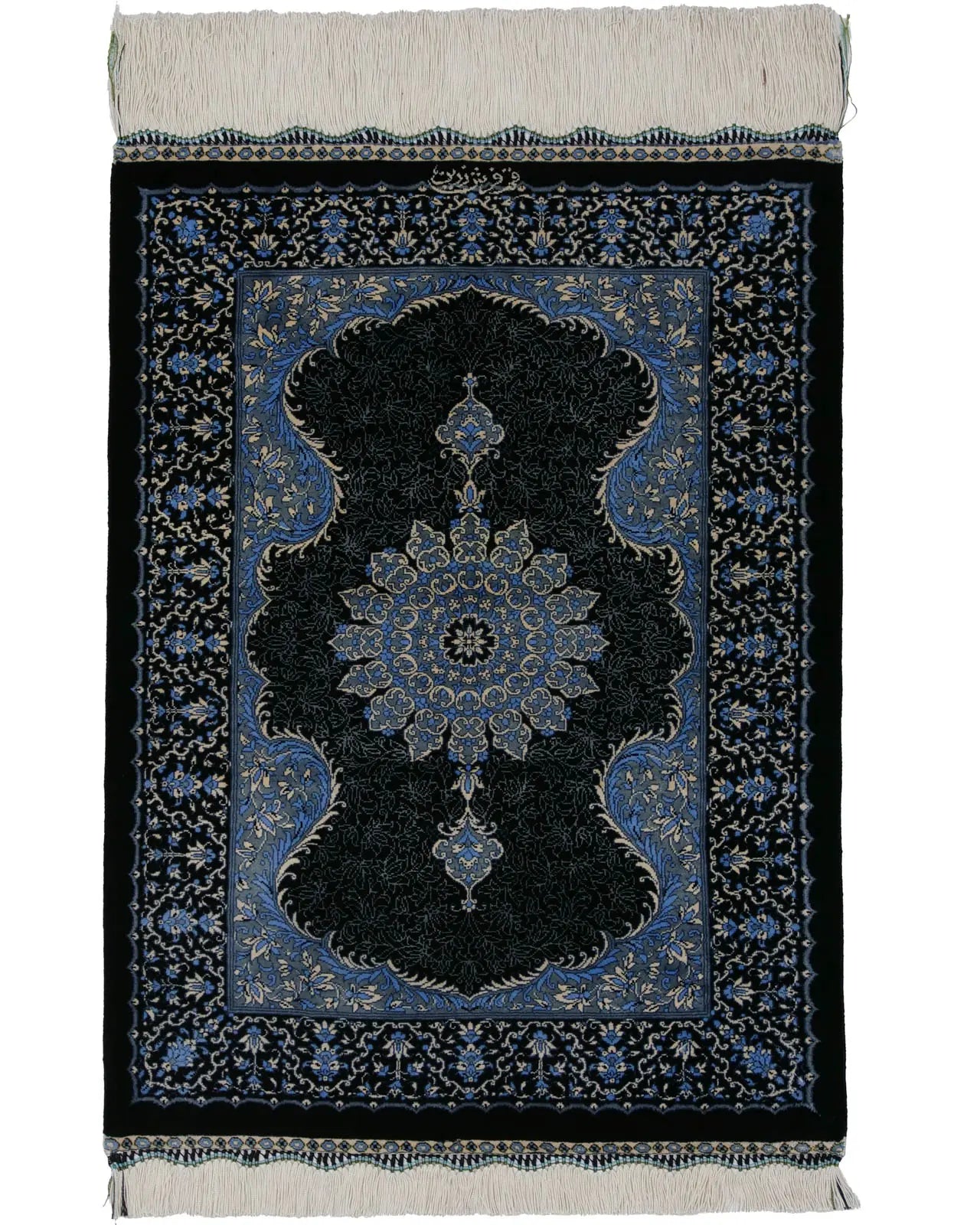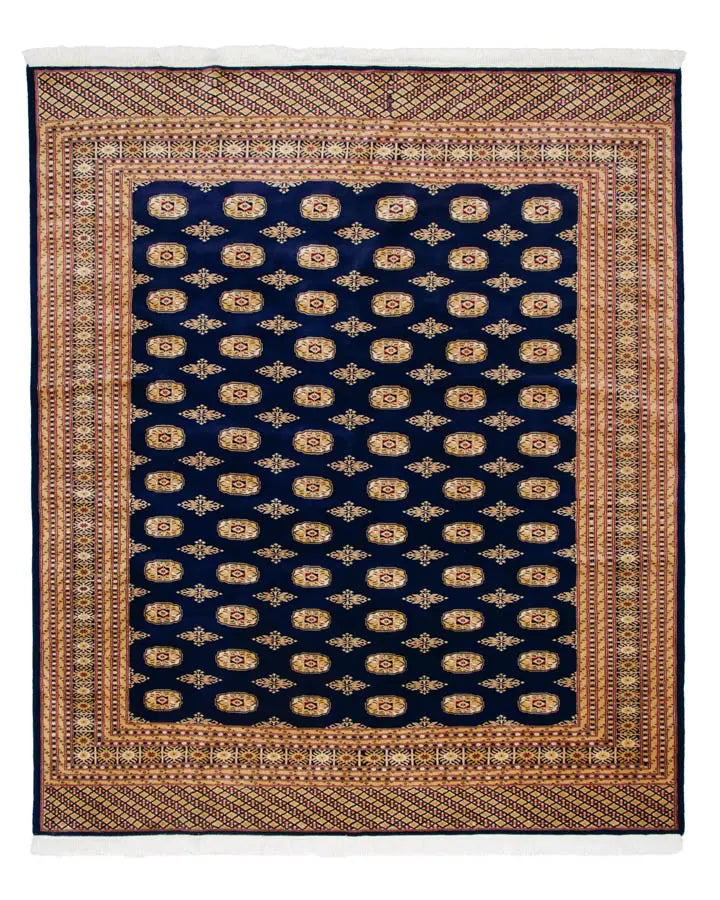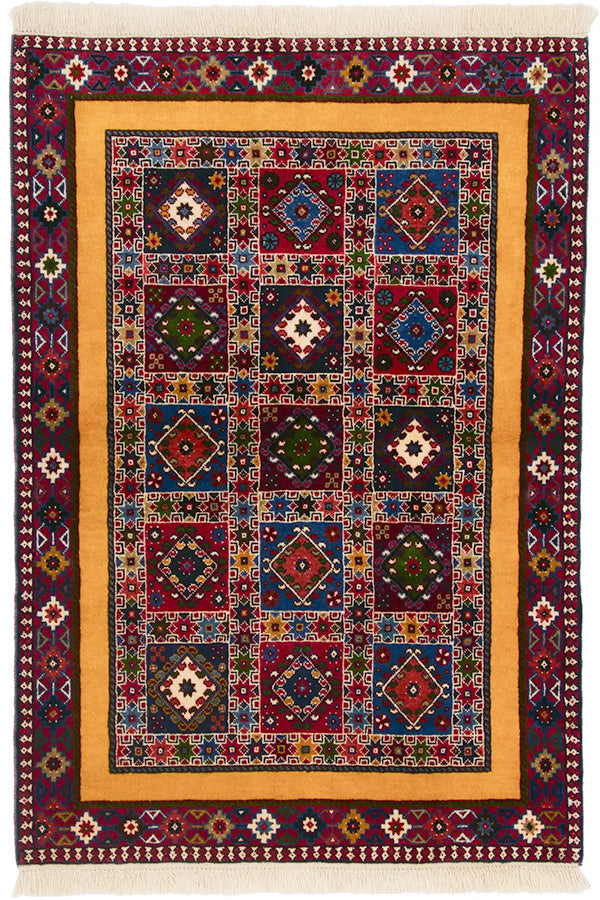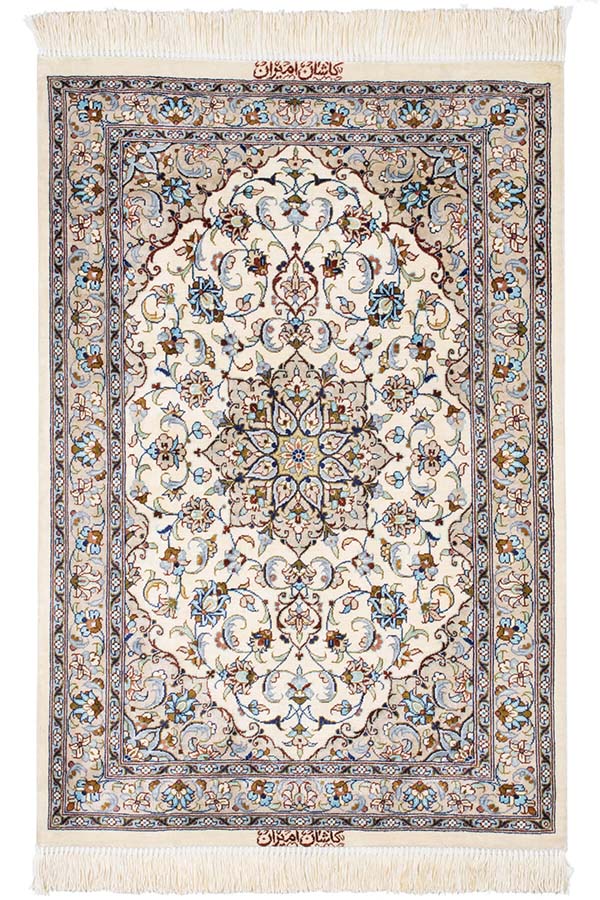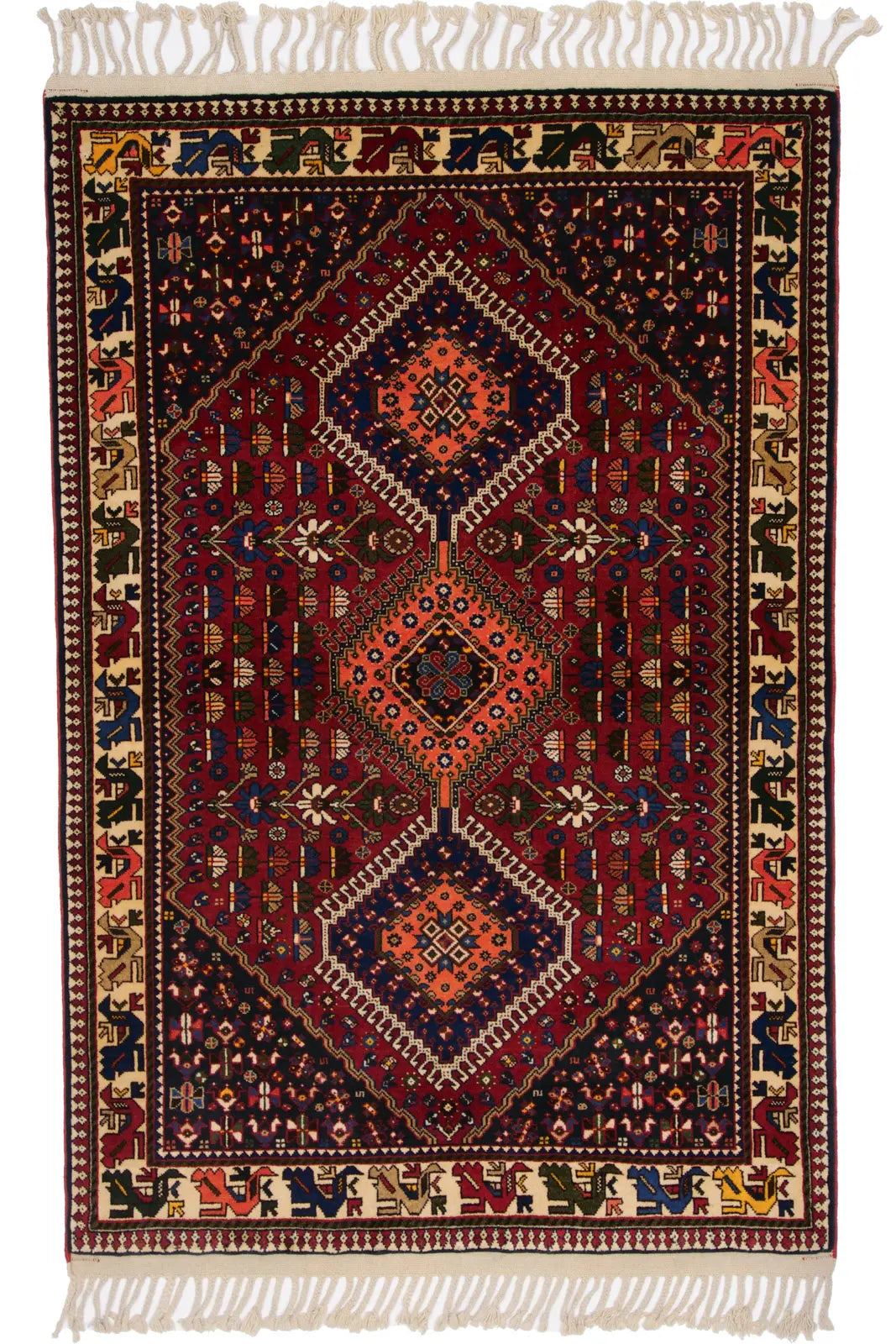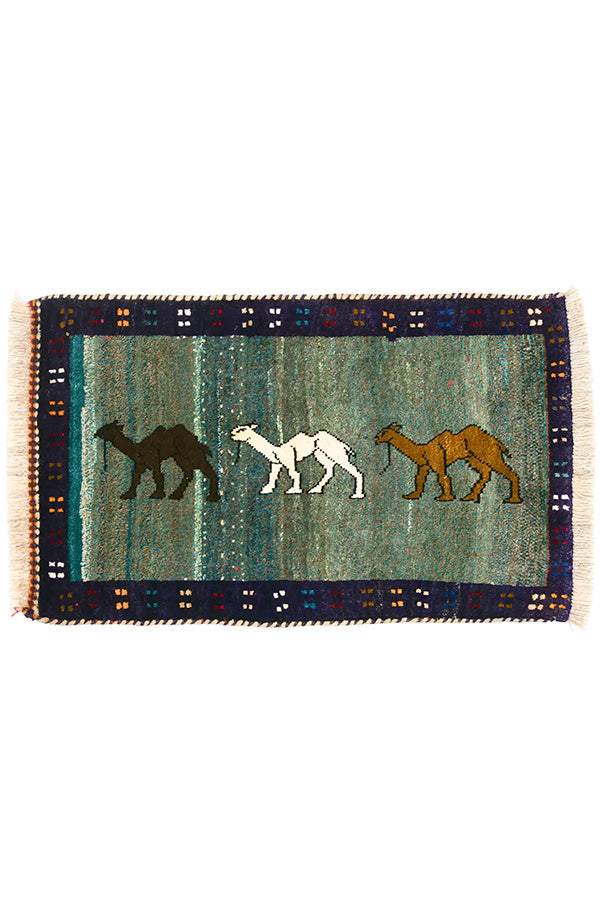Turkmen tribal rugs are traditionally hand-woven carpets made by the Turkmen people of Central Asia. The Turkmen are a nomadic people who have lived across the current territories of Turkmenistan and Afghanistan.
The tradition of Turkmen carpet weaving has been passed down for centuries. Turkmen carpets were woven as practical items for the nomadic people. They were used for various purposes such as tent coverings, wall hangings, luggage bags, etc. In the old days, they were woven only using local wool and natural dyes derived from plants.
In the 19th century, Turkmen carpets became known in the West through the trading city of Bukhara (now Uzbekistan). The traditional techniques of making Turkmen carpets were included in the UNESCO Intangible Cultural Heritage list in 2019.
Some Turkmen carpets have geometric patterns such as gul woven into a deep red background. The colors and patterns are also unique, and color schemes based on deep red and brown are often seen. In addition, geometric patterns centered on octagonal tribal motifs called gul are woven into the carpets. Gul is a motif like the coat of arms of each tribe, and its color and design vary depending on the weaver and tribe.
Turkmen carpet weaving techniques are of a very high standard. They are meticulously hand-woven, resulting in a durable and beautiful finish. Their quality and traditional beauty are highly valued by carpet lovers around the world. The five main Turkmen carpet patterns are featured on the flag of Turkmenistan, and Turkmen carpets are also the national symbol.

